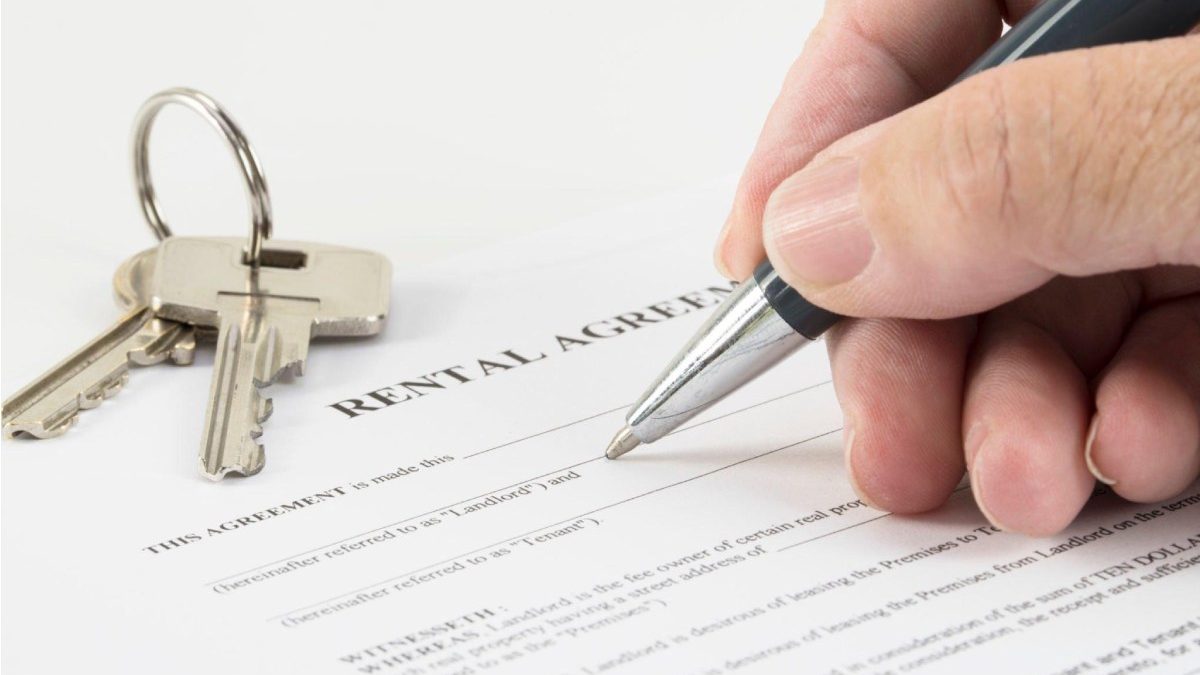Things Every Landlord Needs in Their Rental Agreement – Are you a landlord new to the housing market? If so, you know that there are tons of laws, regulations, and forms you need to collect and complete in order to be on the right side of the law.
If you don’t have these things in place, you could be missing potential income while your apartment is vacant. You could also end up facing massive legal fees if your tenant sues you for violating their rights or the law.
To avoid all of that, we’re here to help. Take a look at this short guide to the most important elements of a tenant rental agreement.
Table of Contents
1. Rights & Responsibilities of Both Parties
Clearly defined and detailed rental terms are a must-have for any landlord. It establishes the rights and responsibilities of both the landlord and the tenant, clarifying expectations and premises use.
Both parties should understand the details of the agreement and any laws applicable to it, and it should be signed by both parties before the lease begins. By setting out these expectations, a detailed rental agreement ensures a smooth and successful tenancy.
2. Payment & Security Deposit Terms
Landlords must clearly define payment due date(s), including grace periods for late payments and penalties for non-payment when applicable.
Landlords should also outline security deposit-specific information, including the exact amount of the security deposit, when it should be received, when it should be returned, and under what circumstances, all or a portion of it can be withheld.
Finally, the rental agreement should specify what actions the landlord is permitted to take upon the tenant’s failure to pay, typically including the eviction process.
3. Renters Insurance & Lease Duration Requirements
Renters insurance is important in that it protects both the tenant and the landlord. It provides coverage for losses the tenant may experience such as damage or theft of the tenant’s personal property or costs associated with an accidental injury that occurs on the property.
The lease duration requirements should also be clearly outlined in the rental agreement.
4. Maintenance & Enforcement Provisions
It should be clear what the responsibilities of both parties are, who is responsible for providing repairs, and when repairs are expected to be done. It should also outline what happens if a repair is not completed in a timely manner and the penalties for failing to comply with the rental agreement.
Lastly, the agreement should also discuss dispute resolution procedures in case of disagreement between the landlord and tenant.
5. Term of the Tenancy
The term of the tenancy outlines the rights and obligations of the landlord and tenant. It includes the start and end date of the lease agreement, the amount of rent, the duration of the lease term, and any restrictions on the use of the property.
A landlord must be sure to include a term of the tenancy clause in their rental agreement to ensure the agreement is legally binding. Additionally, this clause should include provisions relating to late payments, rent increases, notice periods, subletting, pet policies, and any other house rules.
If you need professional help establishing a rental agreement, visit https://www.managementpros.com/manassas-property-management/.
Learn About The Things Needed in a Rental Agreement
A comprehensive agreement should include tenant rights, expectations, leasing, and payment details. By providing a detailed rental agreement, landlords will be able to protect their rights and establish a mutually beneficial relationship with their tenants.
So take the time to create and review your rental agreement today!
Did you find this article helpful? Check out the rest of our blogs!

